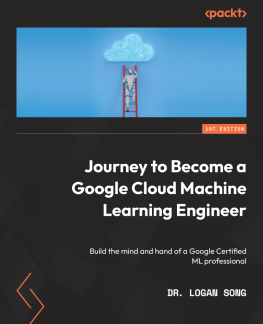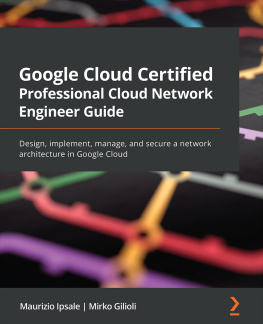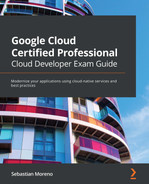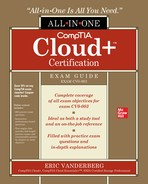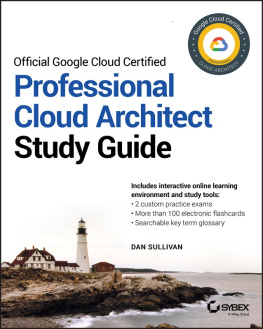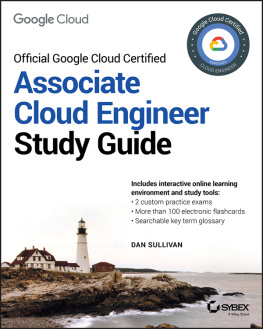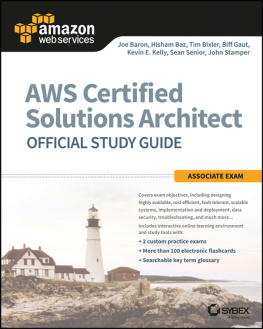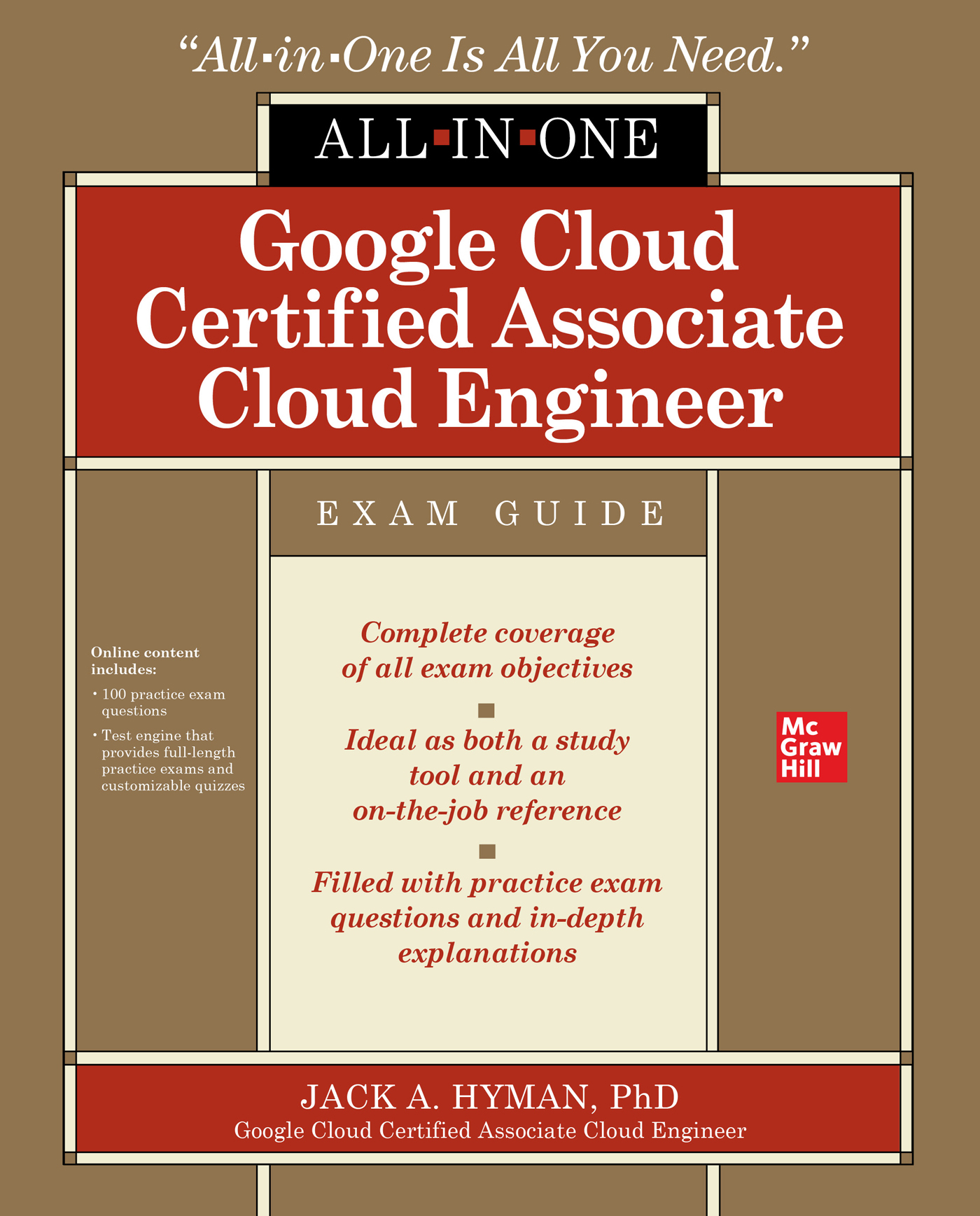
Copyright 2021 by McGraw Hill. All rights reserved. Except as permitted under the United States Copyright Act of 1976, no part of this publication may be reproduced or distributed in any form or by any means, or stored in a database or retrieval system, without the prior written permission of the publisher.
ISBN: 978-1-26-047346-9
MHID: 1-26-047346-5
The material in this eBook also appears in the print version of this title: ISBN: 978-1-26-047345-2, MHID: 1-26-047345-7.
eBook conversion by codeMantra
Version 1.0
All trademarks are trademarks of their respective owners. Rather than put a trademark symbol after every occurrence of a trademarked name, we use names in an editorial fashion only, and to the benefit of the trademark owner, with no intention of infringement of the trademark. Where such designations appear in this book, they have been printed with initial caps.
McGraw-Hill Education eBooks are available at special quantity discounts to use as premiums and sales promotions or for use in corporate training programs. To contact a representative, please visit the Contact Us page at www.mhprofessional.com.
Information has been obtained by McGraw Hill from sources believed to be reliable. However, because of the possibility of human or mechanical error by our sources, McGraw Hill, or others, McGraw Hill does not guarantee the accuracy, adequacy, or completeness of any information and is not responsible for any errors or omissions or the results obtained from the use of such information.
TERMS OF USE
This is a copyrighted work and McGraw-Hill Education and its licensors reserve all rights in and to the work. Use of this work is subject to these terms. Except as permitted under the Copyright Act of 1976 and the right to store and retrieve one copy of the work, you may not decompile, disassemble, reverse engineer, reproduce, modify, create derivative works based upon, transmit, distribute, disseminate, sell, publish or sublicense the work or any part of it without McGraw-Hill Educations prior consent. You may use the work for your own noncommercial and personal use; any other use of the work is strictly prohibited. Your right to use the work may be terminated if you fail to comply with these terms.
THE WORK IS PROVIDED AS IS. McGRAW-HILL EDUCATION AND ITS LICENSORS MAKE NO GUARANTEES OR WARRANTIES AS TO THE ACCURACY, ADEQUACY OR COMPLETENESS OF OR RESULTS TO BE OBTAINED FROM USING THE WORK, INCLUDING ANY INFORMATION THAT CAN BE ACCESSED THROUGH THE WORK VIA HYPERLINK OR OTHERWISE, AND EXPRESSLY DISCLAIM ANY WARRANTY, EXPRESS OR IMPLIED, INCLUDING BUT NOT LIMITED TO IMPLIED WARRANTIES OF MERCHANTABILITY OR FITNESS FOR A PARTICULAR PURPOSE. McGraw-Hill Education and its licensors do not warrant or guarantee that the functions contained in the work will meet your requirements or that its operation will be uninterrupted or error free. Neither McGraw-Hill Education nor its licensors shall be liable to you or anyone else for any inaccuracy, error or omission, regardless of cause, in the work or for any damages resulting therefrom. McGraw-Hill Education has no responsibility for the content of any information accessed through the work. Under no circumstances shall McGraw-Hill Education and/or its licensors be liable for any indirect, incidental, special, punitive, consequential or similar damages that result from the use of or inability to use the work, even if any of them has been advised of the possibility of such damages. This limitation of liability shall apply to any claim or cause whatsoever whether such claim or cause arises in contract, tort or otherwise.
To my children, Jeremy and Emily:
I hope you always love learning as much as I do.
ABOUT THE AUTHOR
Jack Hyman is the founder of HyerTek, a technology consulting and research services firm specializing in ERP, CRM, cloud computing, information security, and marketing automation solutions for the private sector and government agencies in North America. He is an enterprise technology expert with over 20 years of experience in digital and cloud transformation, collaborative computing, usability engineering, blockchain, and systems integration. During his extensive IT career, Jack has led US federal government agencies and global enterprises through multiyear technology transformation projects. Before founding HyerTek, Jack worked for Oracle and IBM. As an IT professional and educator since 2002, Jack has authored numerous publications, provided peer-review guidance for scholarly journals, and developed training courseware. He has earned technical certifications by vendors such as Google, Microsoft, IBM, and HubSpot. Since 2004, he has served as an adjunct faculty member at The George Washington University, The American University, and Trinity Washington University. Presently, he is an associate professor of Information Technology and Global Business with Blockchain Technology at the University of the Cumberlands and is an active member of both the ACM and IEEE communities. Hyman holds a PhD in Information Systems from Nova Southeastern University.
About the Technical Editor
Richard Foltak is VP, Head of Cloud for Dito (ditoweb.com, a Google Premier Partner). Richard focuses on enriching Dito clients business value streams in embracing and optimizing leading cloud technologies within their practices. Richard holds a B.Eng and an MBA, along with numerous industry certifications, including those in infrastructure architecture, data engineering, data analytics, machine learning, DevOps, networking, cybersecurity, IT governance, and ITIL4. His professional background includes being Chief Architect at Deloitte Consulting, Distinguished Architect at Verizon Data, and Senior Tech Leader at Cisco Systems.
CONTENTS AT A GLANCE
CONTENTS
Managing Kubernetes Nodes Using
Cloud Console
INTRODUCTION
Google Cloud Platform (GCP) is a globally recognized public cloud hosting platform. The platform provides services such as compute capacity, data storage, networking, monitoring and logging, and specialized applications. GCP can meet the demands of developers, engineers, and end users looking for a highly reliable, scalable, and affordable way to build, test, and deploy IT solutions. Businesses, organizations, and individuals looking for a wide range of cloud computing options can often launch complete functional systems in minutes. Users can also store virtually unlimited data and implement a robust network infrastructure to manage highly distributed technical needs. Any organization that selects GCP as its cloud platform of choice can choose services using a combination of tools, including a graphical user interfacebased (GUI-based) web browser experience via Cloud Console, command-line tools such as Cloud SDK and Cloud Shell, and application programming interfaces (APIs) for handling resources within a cloud setting. The platform offers an array of technical options, including storage, industry-targeted applications, and computing options intended for virtualized consumption.
As a Certified Associate Cloud Engineer, you must understand how to deploy and manage applications as well as provision services in GCP. Google expects you to understand the way it structures its cloud platform, starting with user identity and access management. Also, the cloud engineer must articulate the required skills to deploy numerous infrastructure types, storage, networking, monitoring, and services.


